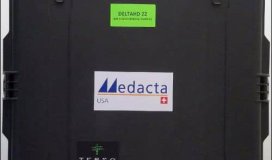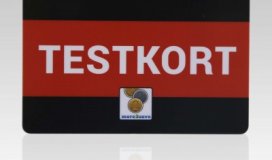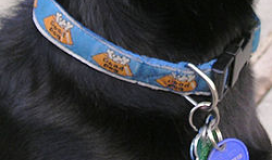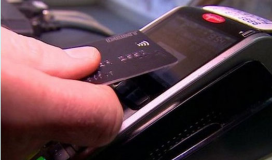Oct 21, 2016—
The rate of adoption for radio frequency identification in the retail apparel, footwear and accessories market has more than doubled during the past two years, according to a survey of 60 European and U.S. retailers and wholesalers, conducted by management and strategy consulting firm Kurt Salmon. The company's first large retail study, carried out in 2014, found that 34 percent of respondents had either implemented or were currently implementing or piloting RFID (see Many RFID-Adopting Retailers Report More Than 5 Percent Improvement in Gross Margins). When Kurt Salmon conducted a similar survey two years later, in May 2016, that rate grew to 73 percent. Of the 16 respondents not using RFID, 86 percent indicated that management at their company was focused on other priorities, while only 2 percent felt that RFID would not provide substantial benefits.
The survey's results were published this month in a report titled "The Kurt Salmon RFID in Retail Study 2016."
"We went into the [2016] survey with open minds," says Jason Sain, Kurt Salmon's senior manager and one of the report's authors, "but we were intrigued that there has been such a huge acceleration in growth." Much of that growth, he notes, results from retailers' need to offer products for sale through multiple channels. "RFID is an enabling technology that can support retailers to compete in the digital sales environment," Sain says.
Numerous metrics were collected in the 2016 survey, Sain says, but the most significant "is the pure adoption level. In 2014, adoption was only 34 percent; now it's over 70 percent—that's more than 100 percent growth. That was a huge takeaway." The second key change in survey responses during the past two years, he says, was in the reported return on investment (ROI) of RFID adopters. In 2014, back-room to front-of-store inventory accuracy (the correct count of goods on the sales floor and in the back room, enabling replenishment in the store front to occur in a timely fashion) provided the single key ROI.
This year, there were eight use cases that showed a positive ROI, including reduced time and labor costs (yielding a 12.0 percent ROI), improved back-room to front-of-store inventory accuracy (10.3 percent), self-checkout (10.0 percent), fewer out-of-stocks (8.7 percent), omnichannel fulfillment support (8.1 percent) and reduced shrinkage (5.6 percent).
For its 2016 report, Kurt Salmon partnered with EKN Research to interview 60 apparel industry executives throughout the United States and Europe. Interviews were conducted online, by phone and in person, during May. The respondents' companies each reported annual sales of at least $500 million, with 40 percent claiming more than $1 billion in yearly revenue. Forty-five percent of respondents' companies were apparel or specialty retailers, 33 percent were wholesalers, and 22 percent were fashion, general-merchandise, department-store or accessories retailers.
Kurt Salmon's 2014 survey had found that for those apparel, footwear and accessory (soft line) retailers who adopted RFID, the gross margins were increased by 5 percent, while the primary reported benefit was improved back-room to sales-floor inventory accuracy, as well as improved replenishment rates based on that accuracy. At that time, a few retailers had also been experimenting with interactive solutions, such as smart fitting rooms and magic mirrors. Omnichannel adoption was an interest, Sain reports, but not a primary issue for companies at that time.
More info visit rfidjournal.com



